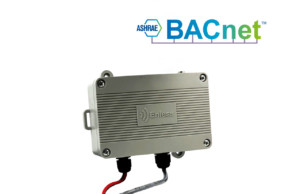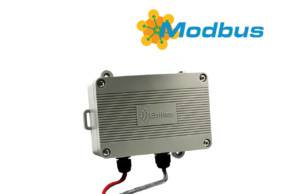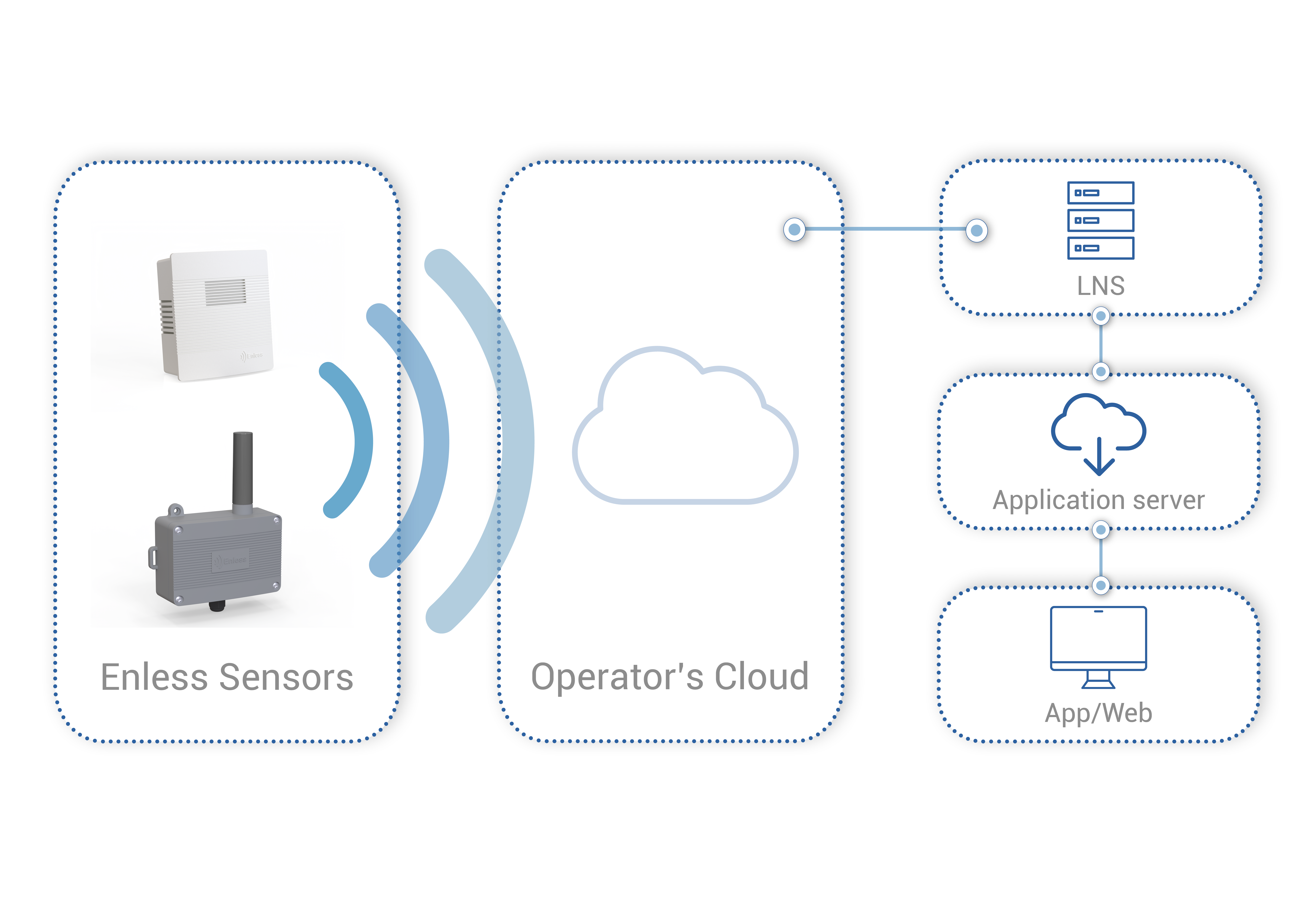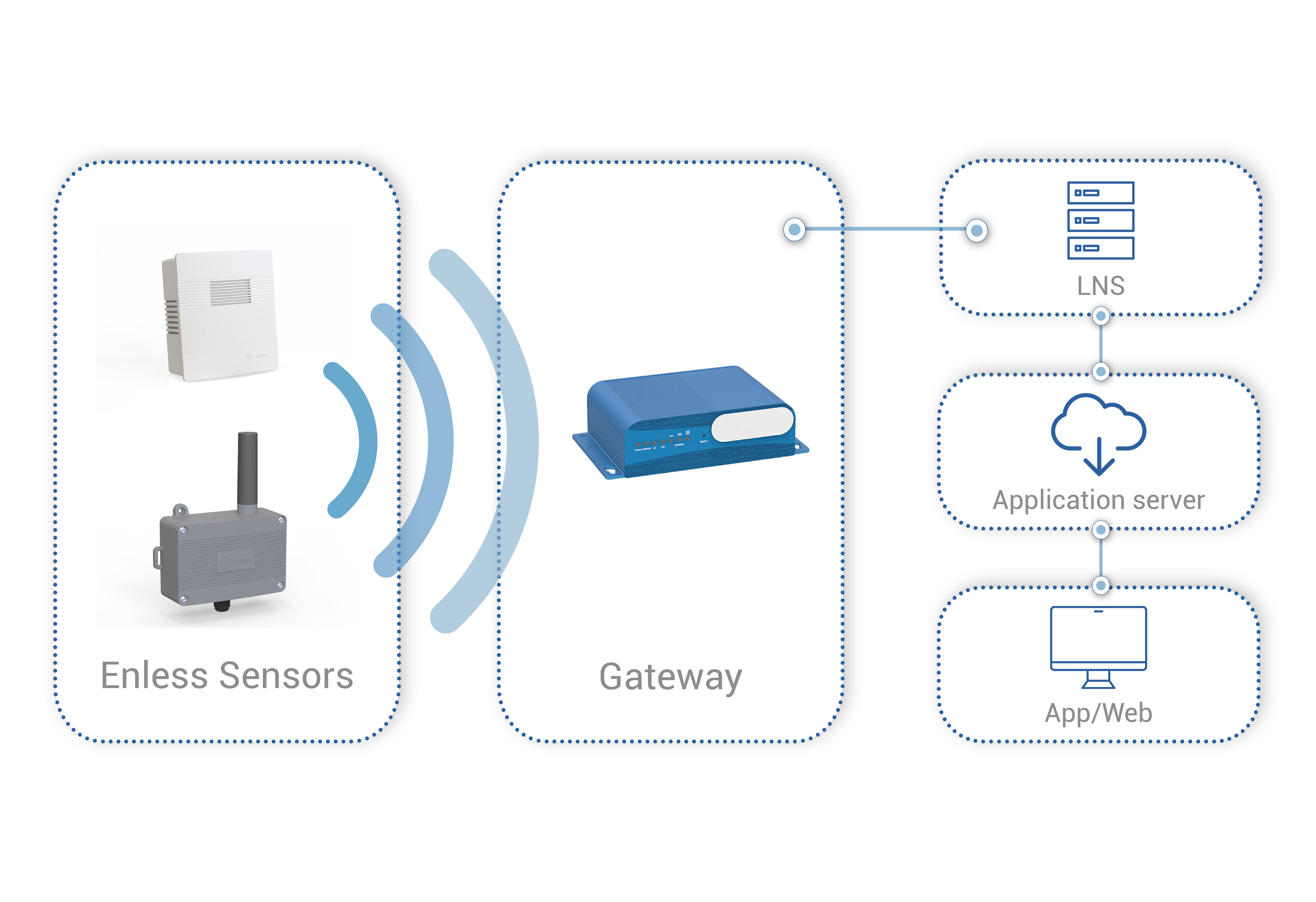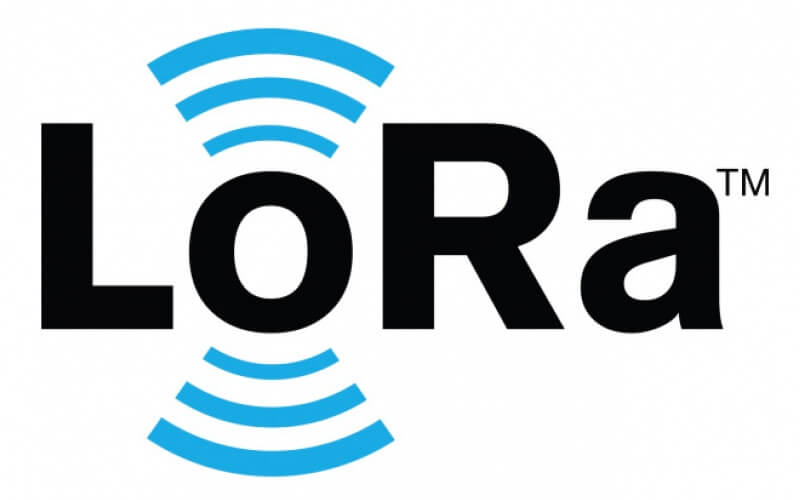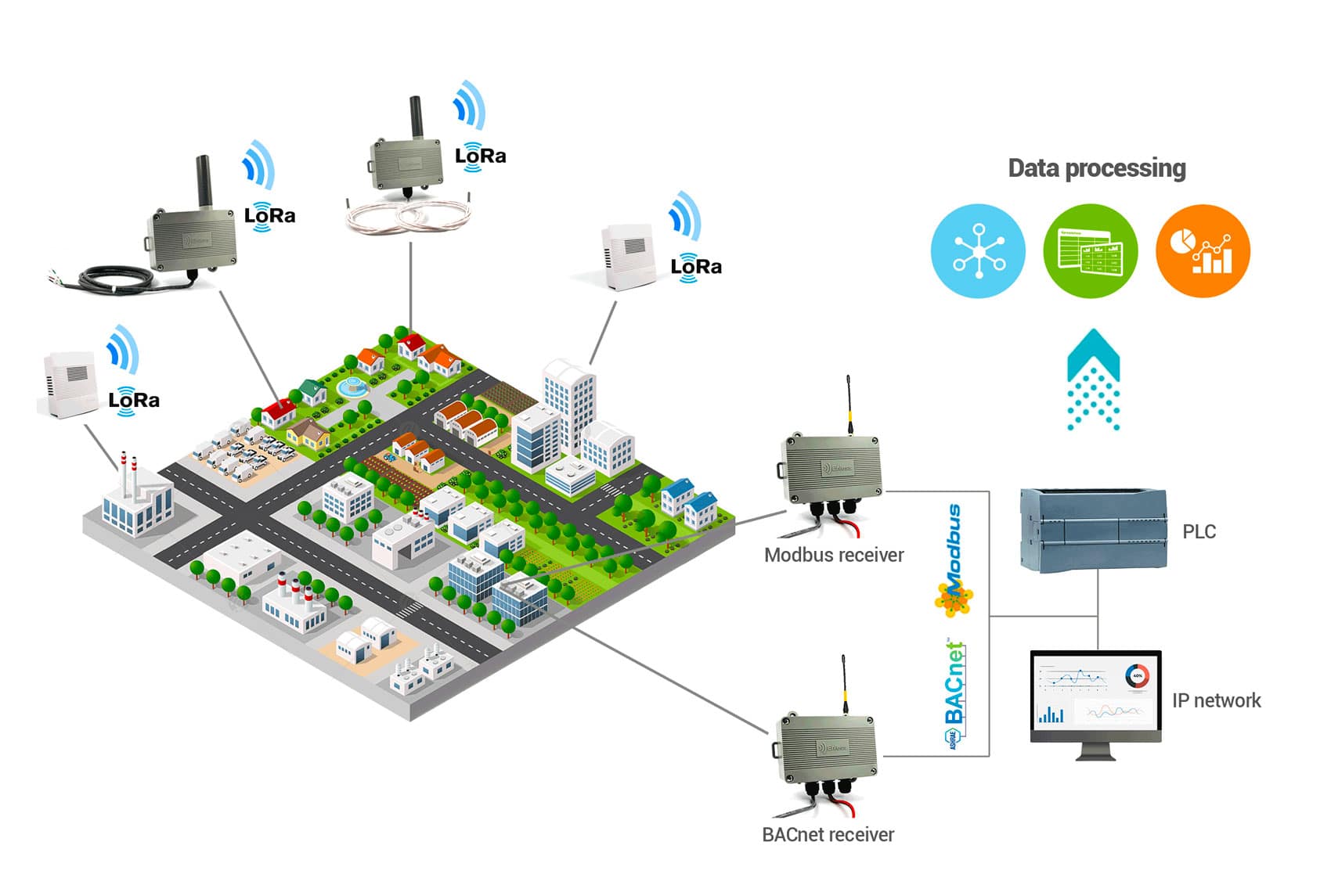
The Internet of Things (IoT) has revolutionized the way we collect data and automate processes in various fields, from smart city management to precision agriculture. At the heart of this revolution lies the LoRaWAN (Long Range Wide Area Network) protocol, a wireless communication technology that offers reliable and cost-effective connectivity for IoT sensors. In this article, we will explore the benefits of LoRaWAN protocol for IoT sensors and its advantages in terms of range, power consumption, and cost.
1. Exceptional Range
One of the main advantages of the LoRaWAN protocol is its exceptional range. Unlike other wireless communication protocols such as Wi-Fi or Bluetooth, which have limited range, LoRaWAN can cover vast distances. This extended range allows IoT sensors to operate efficiently even in extensive environments, such as rural areas, large industrial facilities, or smart cities.
2. Low Power Consumption
IoT sensors are often used in places where access to a constant power source can be challenging. The LoRaWAN protocol excels in this context due to its low power consumption. LoRaWAN sensors are designed to operate for long periods with standard batteries. This energy efficiency helps reduce maintenance costs by avoiding frequent battery replacements and ensuring continuous monitoring.
3. Affordable Cost
Setting up an IoT infrastructure can be costly, especially when many sensors are needed to monitor vast areas. LoRaWAN has a major cost advantage as it allows connecting a large number of sensors to a network at a lower cost per device. In fact, when used in public LoRaWAN mode, the sensors will require a subscription to send their data to the operator’s Cloud, but the average price of a subscription per sensor will be around fifteen euros per year. In private LoRaWAN mode, no subscription is required for each sensor, as they do not communicate with the cloud of an operator but with a gateway that centralizes the data. This makes it an attractive option for businesses and organizations concerned about staying within their budget while deploying robust IoT solutions.
4. Scalability
The LoRaWAN protocol is also highly scalable. It is easy to add new sensors to the existing network without disrupting the already installed devices. This scalability makes LoRaWAN suitable for IoT projects of all sizes, from small pilot deployments to large-scale sensor networks at a national level. As mentioned above, the LoRaWAN technology is also scalable in that the user has the choice between using it in public LoRaWAN mode or private LoRaWAN mode.
- Learn more: https://enless-wireless.com/en/lora-range/
5. Enhanced Security
Data security is crucial in IoT, especially when sensitive information is collected and transmitted. The LoRaWAN protocol incorporates robust security mechanisms to protect data transmitted over the network. It provides authentication and data encryption (AES128), ensuring that sensitive information remains confidential and is not vulnerable to attacks.
The LoRaWAN protocol is a powerful tool for IoT sensor connectivity, offering exceptional range, low power consumption, affordable cost, scalability, and enhanced security. It has become the de facto standard for many IoT applications, from agricultural solutions to smart city networks. Enless Wireless offers a complete range of LoRaWAN-compatible sensors dedicated to building technical management applications.
Enless LoRaWAN sensors can also be used in proprietary LoRa mode. In this mode, Enless LoRa sensors’ data is sent to a Modbus or BACnet receiver, ensuring easy and fast data retrieval on a BMS for integrators.
- Learn more: https://enless-wireless.com/en/lora-range/

About Enless Wireless
A French manufacturer of radio sensors designed to optimize the energy efficiency and comfort of buildings, Enless Wireless is an expert in the IoT and Building Management Systems.
Enless Wireless produces a range of wireless radio sensors, operating with the LoRa, Sigfox, Wireless M-Bus radio protocols, to give you truly effective monitoring of user comfort and energy use in the buildings.
Enless sensors are designed for integrators in the BMS and HVAC sectors, enabling them to effectively monitor the level of comfort and energy consumption in the buildings they have fitted out.
Enless Wireless is an ISO 9001 (Quality Certification) certified company.



